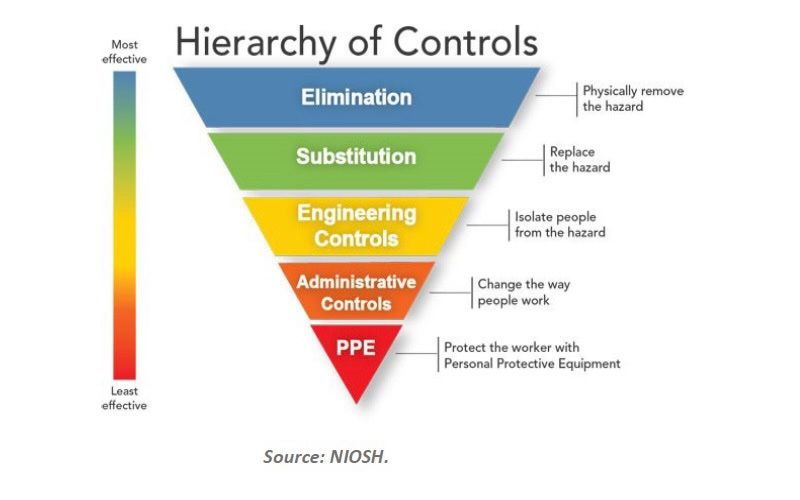Recently, OSHA has been offering a series of seminars to national office employees called “The Business of Small Business.” These seminars offer a chance to learn what OSHA is doing to help small businesses, and provides opportunities for small businesses to present case studies of how they implemented safety and health programs, along with the results.
Recently, OSHA has been offering a series of seminars to national office employees called “The Business of Small Business.” These seminars offer a chance to learn what OSHA is doing to help small businesses, and provides opportunities for small businesses to present case studies of how they implemented safety and health programs, along with the results. I had the opportunity to attend one of these forums and thought it would be useful to highlight some of the ways OSHA assists small businesses.
The agency understands that while any business may require assistance, small businesses in particular may find it difficult to develop safety and health programs on their own. Employers having little experience with OSHA, in particular, or occupational safety and health in general, may have difficulty reading and applying OSHA standards, or even knowing which regulations apply.
A common question from callers to OSHA’s national office is, “What standards do I need to know?” There are always unique situations to specific businesses or worksites; therefore, it’s difficult for national office employees to answer these questions without a thorough safety and health audit at the employer’s location.
Fortunately, OSHA supplies a tool to assist employers in the task of identifying common hazards. The OSHA Hazard Awareness Advisor, which can be found at the OSHA Website (www.osha.gov) is a software application that can help employers determine for themselves which hazards may be present at their workplace, and the standards they need to consider to address these hazards. It won’t identify every possible hazard or standard that an employer should know, with 100% certainty; but it does provide a systematic process for initially surveying the workplace and work activities for potential hazards.
Employers of any size may also be interested in the Compliance Assistance Quick Start page at the Website which provides an introduction to OSHA materials to help employers develop a strong safety and health program for their businesses. The information is categorized into General Industry and Construction. Each category provides a “quick start” for the different steps in developing a safety and health program. This page also contains information on safety outreach to Hispanic workers, including OSHA material translated in Spanish.
Another OSHA resource useful for any business, but small businesses in particular, is the Compliance Assistance Specialist. Located in each of OSHA’s local area offices under federal jurisdiction, these safety and health professionals can answer general questions about OSHA and OSHA standards and point employers to other appropriate resources. There is more information on Compliance Assistance Specialists and how to contact the local office on the Web.
The OSHA Small Business webpage, www.osha.gov/dcsp/smallbusiness , contains a wealth of helpful information for smaller employers. This webpage provides links to OSHA material most popular with small businesses, including links to publications, free computer software, and consultation services. It also includes a link to the webpage for the OSHA Office of Small Business Assistance (found at www.osha.gov/dcsp/osba/index.html ). This serves as a point of contact between OSHA and small businesses nationwide.
Though these resources are useful, some employers may wish to obtain more comprehensive, personalized and hands-on help. The agency offers a free onsite consultation program for these employers. This program allows employers a one-year exemption from routine OSHA inspections; however, employers using the service must agree, before the initial consultation, to correct any serious safety and health problems found.
The service is confidential — company and/or employer’s name, hazards found or any other information about the workplace will not be routinely reported to OSHA. Even companies in state plan OSHA states can use the service.
The materials above are just some of the many tools OSHA provides for businesses to use in setting up their safety and health programs. One final tool is available to make an additional case for safety — an economic case. The Safety Pays interactive assistance tool helps estimate the impact of occupational injuries and illnesses on a company’s bottom line. Does safety and health add value to your business? Go to www.osha.gov/dcsp/smallbusiness/safetypays.html for some examples.
Resources from OSHA
Hazard Awareness Advisor:
Small Business:
Office of Small Business Assistance:
Safety Pays:



